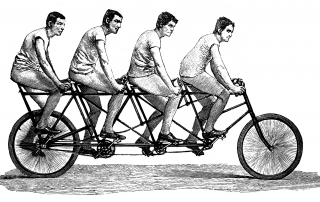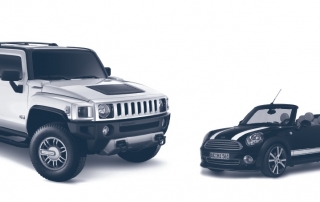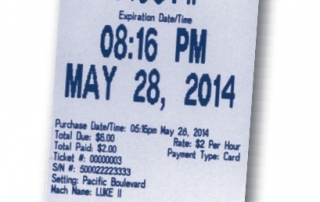ACCESS 45, Fall 2014
Passing the Baton
Michael Cassidy, Robert Cervero, and Donald Shoup
For over two decades ACCESS Magazine has published short, engaging summaries of transportation research conducted at the University of California. We ask our authors to write for lay readers rather than solely for professional peers, without overestimating the readers’ familiarity with the subject or underestimating their intelligence.






